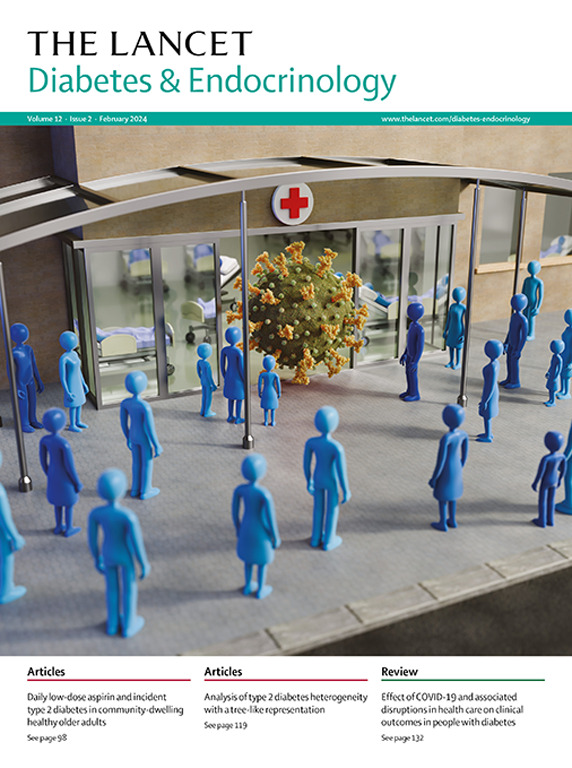掺杂策略对复合过氧化物质子导体 Ba3Ca1.18Nb1.82O-δ 晶界电化学性能的影响
IF 44
1区 医学
Q1 ENDOCRINOLOGY & METABOLISM
引用次数: 0
摘要
本研究通过用铋(Bi)和镱(Yb)元素替代铌(Nb)元素,提高了 Ba3Ca1.18Nb1.82O9-δ 的导电性和电化学性能。通过固态烧结制备了三种不同的质子导体,即 Ba3Ca1.18Nb1.8O9-δ(BCN)、Ba3Ca1.18Nb1.72Bi0.1O9-δ(BCNB)和 Ba3Ca1.18Nb1.72Yb0.1O9-δ(BCNYb)。在 400-800 °C 的湿气氛中,BCNYb 的电化学性能最佳。利用缺陷平衡模型研究了它们的离子传输特性。结果表明,BCNYb 的质子传导性得到了改善。对弛豫时间分布的分析表明,BCNYb 的晶界特性得到了改善。使用 BCN、BCNB 和 BCNYb 电解质制备了单电池,并测试了所得燃料电池的性能。基于 BCNYb 的燃料电池显示出优异的电化学性能,表明其作为具有优异性能的固态电解质的潜力巨大。本文章由计算机程序翻译,如有差异,请以英文原文为准。
Effect of Doping Strategy on Electrochemical Performance of Grain Boundaries of Complex Perovskite Proton Conductor Ba3Ca1.18Nb1.82O−δ
In this study, the electrical conductivity and electrochemical performance of Ba3Ca1.18Nb1.82O9−δwere improved by substituting niobium (Nb) element with bismuth (Bi) and ytterbium (Yb) elements. Three different proton conductors, namely, Ba3Ca1.18Nb1.82O9−δ (BCN), Ba3Ca1.18Nb1.72Bi0.1O9−δ (BCNB), and Ba3Ca1.18Nb1.72Yb0.1O9−δ (BCNYb) were prepared by solid state sintering. The electrochemical performance of BCNYb was found to be the best at 400–800 °C in the wet atmosphere. Their ion transport properties were studied by using the defect equilibrium model. The results show the improvement in proton conductivity of BCNYb. Analysis of distribution of relaxation time reveals the improvement in the grain boundary properties of BCNYb. Single cells were prepared with BCN, BCNB, and BCNYb electrolytes, and the performance of the resulting fuel cells was tested. The BCNYb-based fuel cell shows excellent electrochemical performance, indicating its promising potential as a solid-state electrolyte with excellent properties.
求助全文
通过发布文献求助,成功后即可免费获取论文全文。
去求助
来源期刊

The Lancet Diabetes & Endocrinology
ENDOCRINOLOGY & METABOLISM-
CiteScore
61.50
自引率
1.60%
发文量
371
期刊介绍:
The Lancet Diabetes & Endocrinology, an independent journal with a global perspective and strong clinical focus, features original clinical research, expert reviews, news, and opinion pieces in each monthly issue. Covering topics like diabetes, obesity, nutrition, and more, the journal provides insights into clinical advances and practice-changing research worldwide. It welcomes original research advocating change or shedding light on clinical practice, as well as informative reviews on related topics, especially those with global health importance and relevance to low-income and middle-income countries. The journal publishes various content types, including Articles, Reviews, Comments, Correspondence, Health Policy, and Personal Views, along with Series and Commissions aiming to drive positive change in clinical practice and health policy in diabetes and endocrinology.
 求助内容:
求助内容: 应助结果提醒方式:
应助结果提醒方式:


